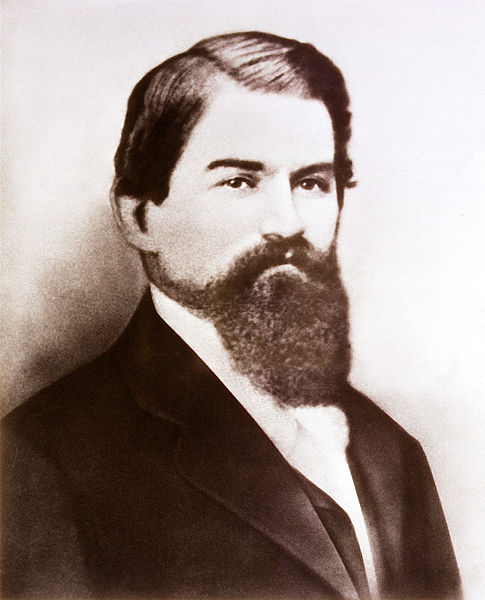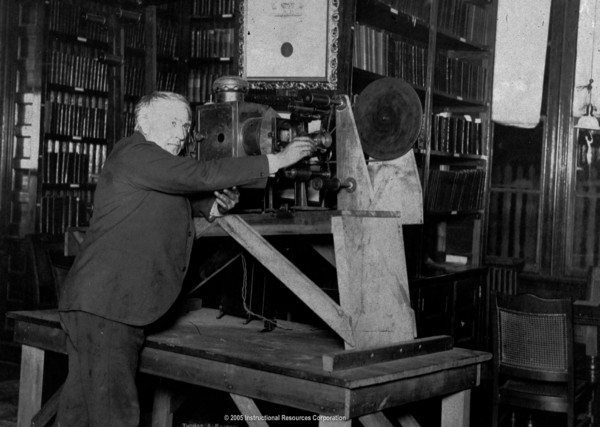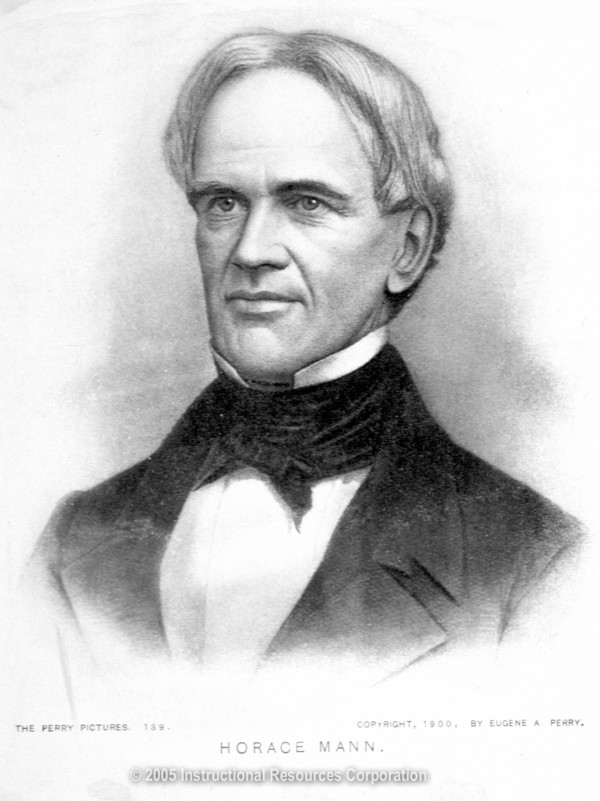Learn
|
Appeal of City Life City life during the Gilded Age was bustling with excitement and new inventions. Tall skyscrapers dotted the cityscape, while electricity lit the night sky. The telephone connected Americans across the city and the nation as they communicated instantly the news of the day or conducted business transactions. New forms of transportation, such as the subway and cable cars, transported city dwellers quickly to their destinations or new homes in the suburbs. Such transformations helped contribute to the glamorous image of the Gilded Age. For city dwellers, life during the Gilded Age was full of exciting possibilities. New forms of entertainment, transportation, and educational opportunities abounded. Life was changing and it was changing quickly. Close urban conditions made the spread and acceptance of these new ideals easy.
For rural Americans, the new ideas and opportunities were not as exciting or thrilling. Rural areas did not embrace the "modern ways" as easily and thus remained culturally different than the cities. Many feared the expanding role of women and negative moral influences of the city. These distinct differences separated the two cultures making the Gilded Age one of two culturally unique Americas. Thus a divide was created between the two regions, one that would not be overcome for several decades.
The city landscape changed as skyscrapersbuildings with many stories were introduced by architects like Louis Sullivan. Skyscrapers made elevators, developed by Elisha Otis essential. In addition, mass transit methods like cable cars, underground subway systems, and modern bridges like the Brooklyn Bridge were built to improve transportation.
The famous Flat Iron Buidling in New York City IRC, 2005, Image. Discovery Education. Web. 2 February 2014. <http://www.discoveryeducation.com/>. What do Coca-cola, toilet paper, and refrigerators all have in common?   Inventions of the Gilded Age While the city landscape changed, so did daily life. Factory workers, with reliable income, spent their earnings on a variety of new fads and inventions. Some chose to purchase new appliances like the refrigerator that made daily living easier and more efficient. Inventions such as Alexander Graham Bell's telephone and Thomas Edison's electric lighting made life easier with their innovative designs and projects. Americans could now stay out later, communicate over long distances, and store food with relative ease. Life had truly transformed. By the end of the Gilded Age, modern conveniences were available to most city dwelling Americans. These conveniences revolutionized their way of living much like the Internet and cell phones have changed our way of life.  
Photograph Citations (left to right): John Pemberton, the inventor of Coca-Cola (left) and an early Coca Cola advertisement (right) https://en.wikipedia.org/wiki/Coca-Cola Public Domain
Early Telephone, Library of Congress, Prints and Photographs Division, FSA/OWI Collection, Web. 13 February 2014. <http://www.loc.gov/pictures/ collection/det/item/det/1994022912/PP.com/>. Thomas Edison with a film projector IRC, 2005, Image. Discovery Education. Web. 13 February 2014. <http://www.discoveryeducation.com/>. Entertainment and Sports Some city dwellers chose to spend their money on more entertaining escapades such as vaudeville or baseball games. Vaudeville was the favorite form of entertainment for urban audiences during the Gilded Age with a variety of acts including comedy, singing, dancing, and acrobatics. In addition, Buffalo Bill Cody Wild West Shows and the Barnum and Bailey three-ring circus toured to entertain audiences all over America. The National League was founded in 1876 and baseball quickly became America's pastime with attendance as high as 30,000 for some games.

Photograph Citations: National League Baltimore Orioles, 1896 https://en.wikipedia.org/wiki/History_of_baseball_in_the_United_States#/media/File:1896_Baltimore_Orioles.jpg, Public Domain. Education Education and literacy increased as well as factories developed a greater need for literate, educated workers. Servicing these more educated urban dwellers were new magazines and newspapers that updated the public on city events and happenings.
Education Reform
 Education Reform Horace Mann was an education reformer who worked tirelessly in the mid-1800s to reform education. His efforts had direct impact on schools during the Gilded Age. Listed below are a few of Horace Mann's contributions to education:
Photograph Citation Horace Mann (1796-1859) IRC,2005, Image. Discovery Education. Web. 13 February 2014. <http://www.discoveryeducation.com/>. |
 Learn more about these and other developments by reviewing the information at the links below. As you read and view, complete
Learn more about these and other developments by reviewing the information at the links below. As you read and view, complete  Photograph Citations:
Photograph Citations: